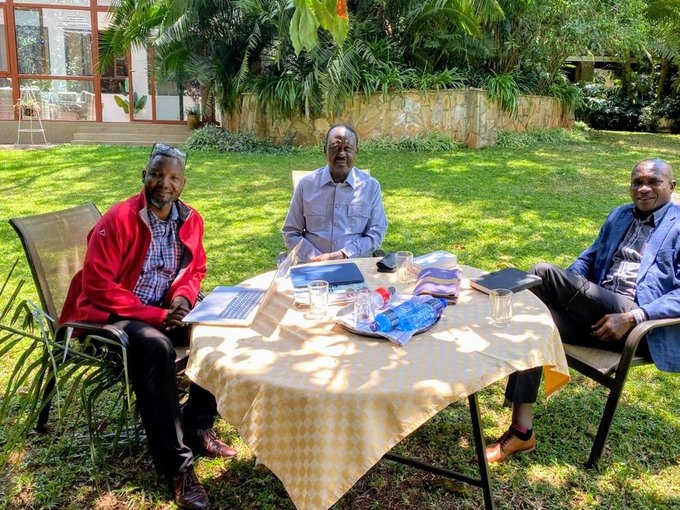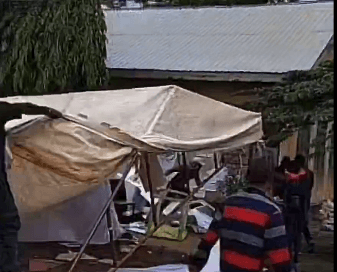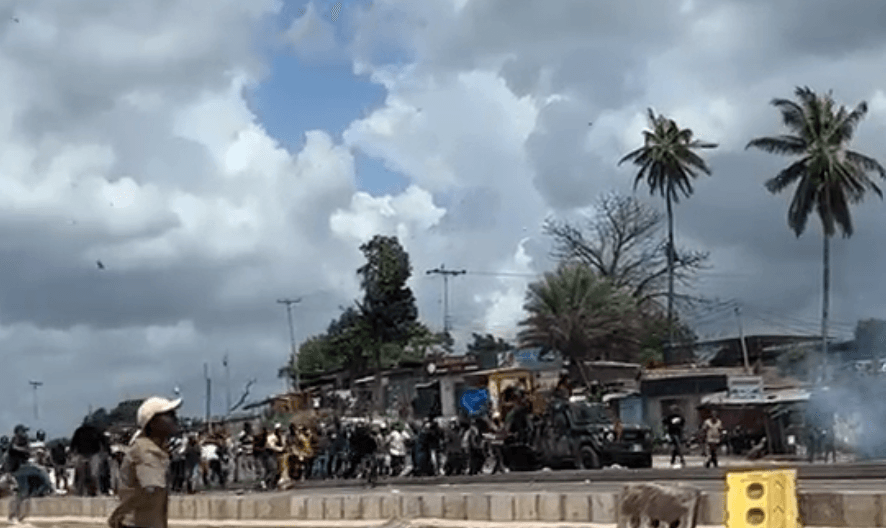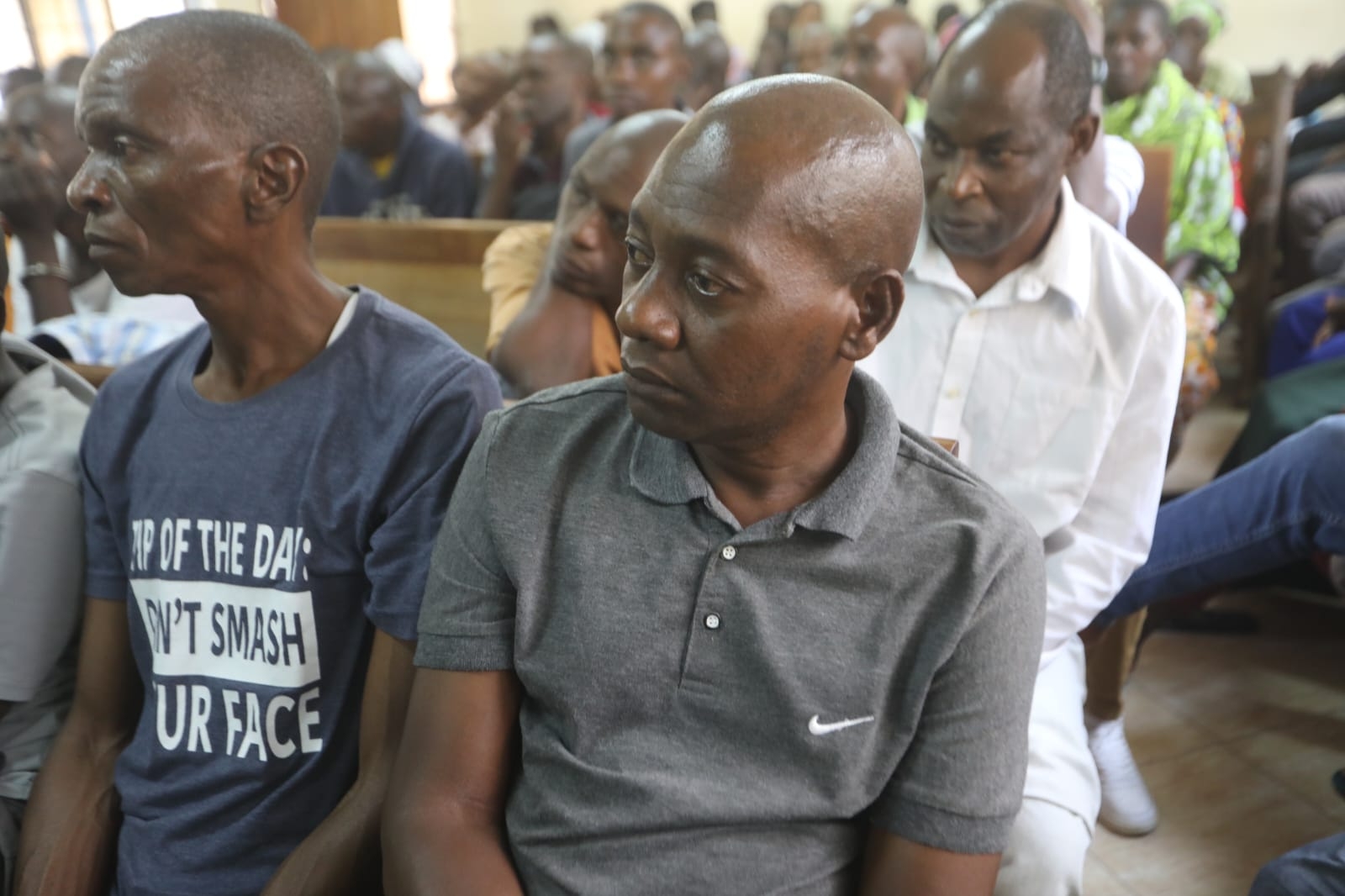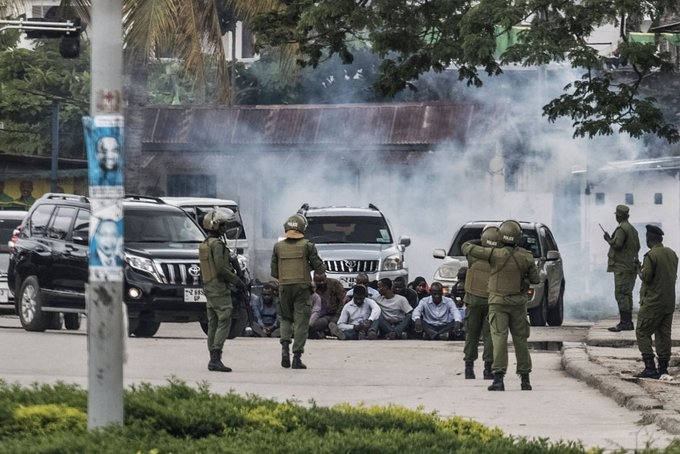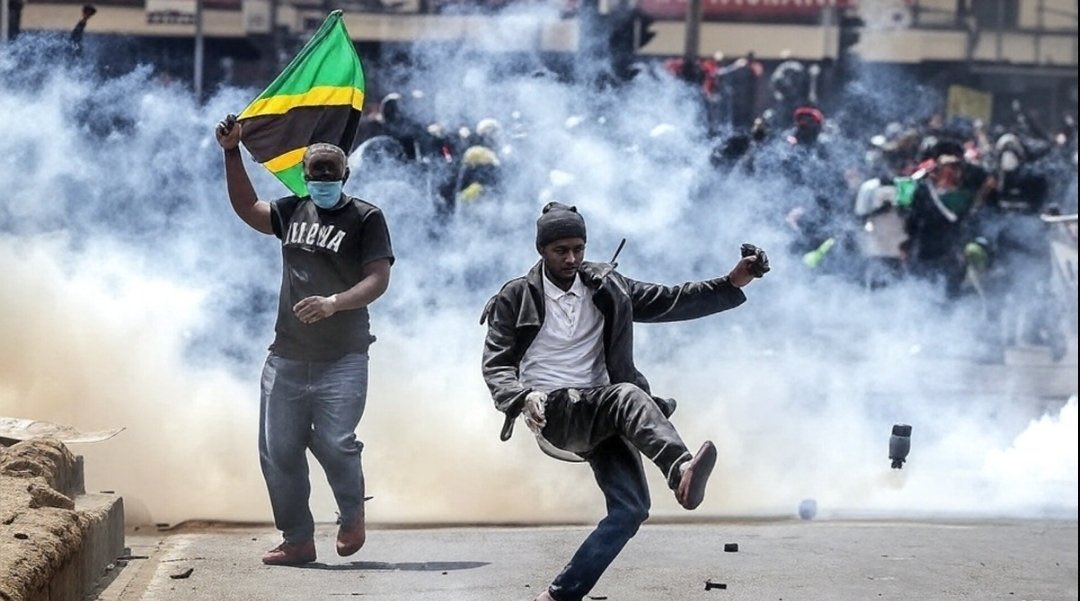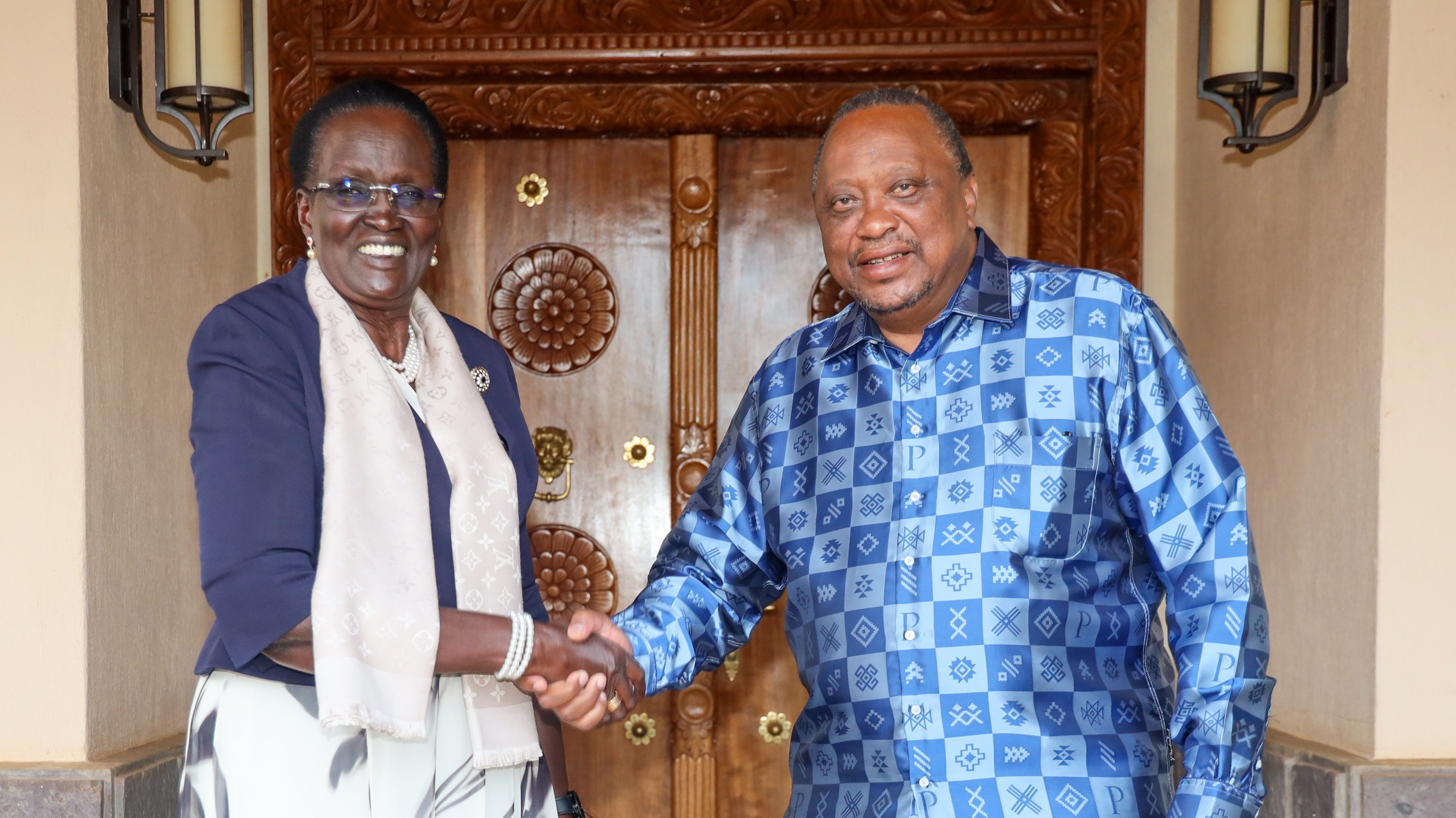Kenya is among top five African countries where you are more likely to die in a road accident, a new report suggests.
The injuries are so high that Kenyans spend Sh46.1 billion every year treating accident victims, according to the Ministry of Health.
The Status Report in Road Safety 2023 was released in Nairobi on Tuesday by the World Health Organization, the National Transport and Safety Authority and the Ministry of Health.
On average in Africa, 19.4 people out of every 100,000 die in road crashes.
In Kenya, this ratio jumps to 28 people.
Only Comoros (29), Zimbabwe (29.8), Guinea Bissau (30) and Guinea (37) have more deaths every year.
At least 4,000 Kenyans are killed in road crashes every year, but those maimed for life are about 10,000, according to NTSA.
These crashes are totally preventable, which means the deaths and injuries can be avoided, WHO said.
The safest roads in Africa are in Seychelles, Congo, Mauritania, Mauritius, Cameroon and Rwanda.
“Estimates of road traffic fatality vary widely within the region, from a low of 6.6 per 100,000 population to a high of 37.4 per 100,000 population, with at least 24 countries having rates higher than the regional average,” the report shows.
Of the Sh46 billion spent by Kenyans to treat injuries, some of it goes to primary care, long-term treatment and rehabilitation costs, Medical Services PS Harry Kimutai said.
“Road traffic injuries are ranked ninth as the leading cause of death in our country," the PS said in a speech read by Dr Isaac Bashir, who heads the department of Family Health at the ministry.
"Besides these deaths, hundreds of thousands are seriously injured suffering long-term impairments and lifelong disabilities. Those who survive undergo prolonged suffering and incur lots of expenditure from medical treatment and rehabilitation.”
The health costs are just a small fraction of the road crashes strain on the economy.
NTSA’s Kenya Road Safety Action Plan 2024-28 shows road carnage costs the economy Sh450 billion annually.
Kimtai said most of the costs are never captured because of a lack of harmonised data from the health sector and the police, under-reporting and poor quality data.
“Plans are underway to implement a trauma registry that will provide an accurate account of the injuries resulting from road crashes. The ministry is continuously training healthcare workers on trauma care and we are particularly keen to ensure their training involves the adoption of modern technologies,” he said.
Currently, only three national referral facilities have trauma registries, which help track and classify accidents.
Kimtai said the ministry has equipped public hospitals with necessary diagnostic technologies and drugs to take care of road accident victims.
“The emergency, chronic and critical care fund will offer financial protection for victims of road traffic crashes in the emergency settings,” he said.
WHO Kenya representative Dr Abdourahmane Diallo said road crash injuries are increasing in Africa.
“In 2021, road traffic injuries resulted in almost a quarter million deaths across the 47 countries of the WHO African region. The report reveals a concerning trend, since 2010 there has been a 17 per cent increase in road traffic fatalities in our region, making it the only WHO region to experience such an increase,” he said.
Dr Diallo said boda boda accidents are the fastest rising in the region.
NTSA director general George Njao said most victims are vulnerable people.
“We don't go a day without a pedestrian being knocked down,” he said.
“Openly sharing data is not naming and shaming but means we learn from each other.”


